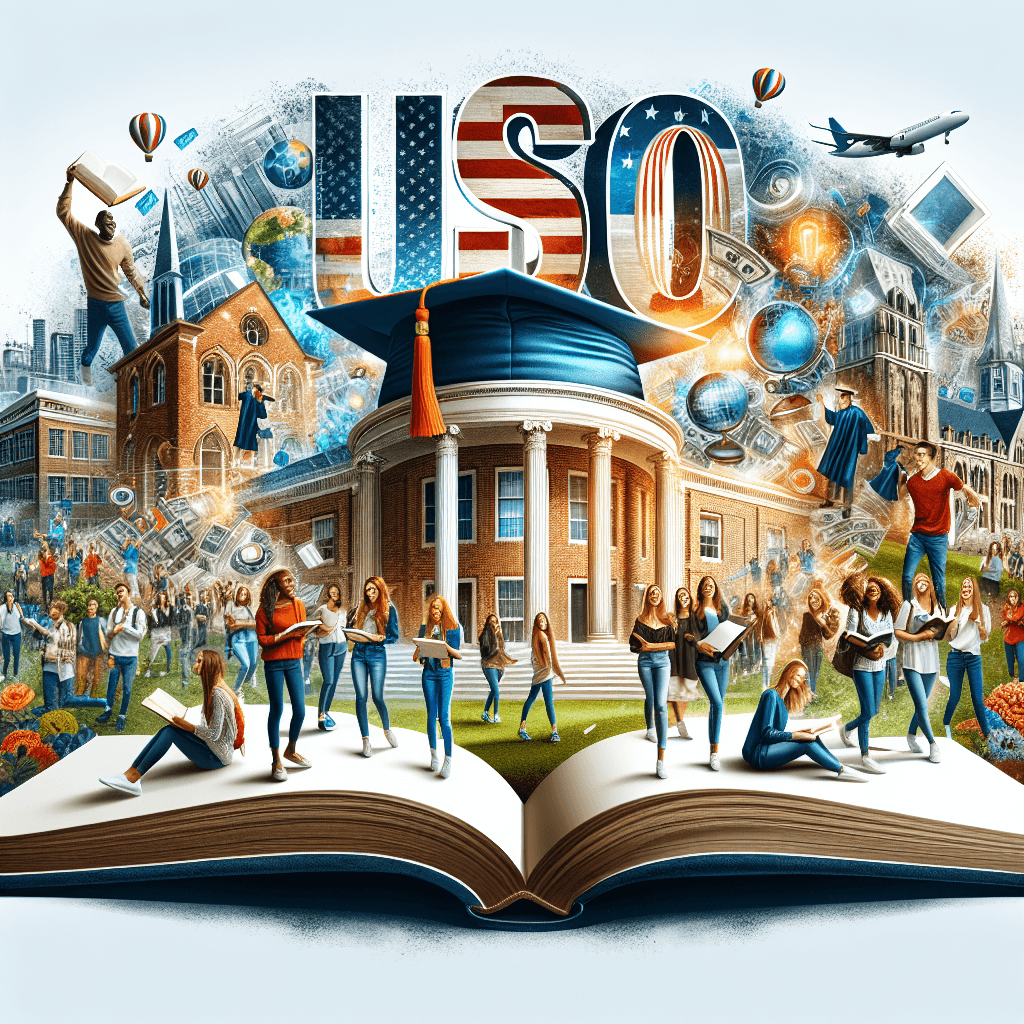The Evolution of English: How the Language Has Changed in the UK Since the 19th Century
The English language has undergone significant changes since the 19th century, influenced by various factors such as technological advancements, cultural exchange, and societal shifts. This article will explore the key developments that have shaped the English language in the UK over the past two centuries.
Victorian Era (1837-1901)
The 19th century saw the dominance of formal, standardized English, with a focus on clear and concise writing. The Victorian era was marked by the rise of the middle class, which led to a greater emphasis on education and literacy. This period also witnessed the introduction of formalized grammar and spelling rules, as well as the development of dictionaries and linguistic guides.
Edwardian Era (1901-1910)
The early 20th century saw the growth of the masses and the rise of the working class. As a result, the language became more informal, with the emergence of slang and colloquial expressions. This was also the era of the suffrage movement, which led to a greater emphasis on women’s rights and gender equality in language use.
Mid-20th Century (1945-1970)
The post-war period saw the rise of television, radio, and cinema, leading to a greater reliance on visual and auditory communication. This led to the development of new linguistic expressions, such as acronyms and abbreviations, as well as the increasing use of loanwords from other languages, particularly American English.
Post-Modern Era (1970-present)
The late 20th century and early 21st century have seen significant technological advancements, including the rise of the internet, social media, and mobile devices. This has led to a significant shift towards informal, digital communication, with the emergence of new forms of language, such as texting and Instant Messaging (IM) lingo.
Key Developments
- Globalization and Diversification: The UK’s colonies, particularly India and Africa, have had a significant impact on the English language, introducing new words, phrases, and cultural references.
- Technology and Jamaican Patois: The introduction of Jamaican Patois, a creole language developed in the 17th century, has had a profound influence on English, particularly in the Caribbean and regions with significant Caribbean diaspora communities.
- Jargon and Slang: The rise of new professions, such as technology and medicine, has led to the development of specialized jargon and slang, often adopted by the general population.
- Blurring of Formal and Informal: The boundaries between formal and informal language have become increasingly blurred, with the use of contractions, abbreviations, and colloquialisms in written and spoken communication.
Future Directions
As technology continues to evolve, the English language is likely to undergo further changes, shaped by global connectivity, social media, and the increasing importance of online communication. The ongoing digitization of language, particularly in the realms of social media and text messaging, will likely lead to new forms of linguistic expression and the expansion of existing ones.
In conclusion, the evolution of the English language in the UK since the 19th century is a complex and dynamic process, shaped by historical events, technological advancements, and societal shifts. As language continues to adapt and change, it is essential to acknowledge its rich diversity and the various regional and cultural influences that have contributed to its development.
References:
- "The Oxford English Dictionary"
- "A History of the English Language"
- "The Cambridge History of the English Language"
- "The Oxford Dictionary of Modern Slang"
About the Author:
Emily Johnson is a linguistics scholar and writer, with a focus on the evolution of the English language. She has written numerous articles and academic papers on the subject and is currently working on a book about the impact of technology on language.
#Evolution #English #Language #Changed #19th #Century







